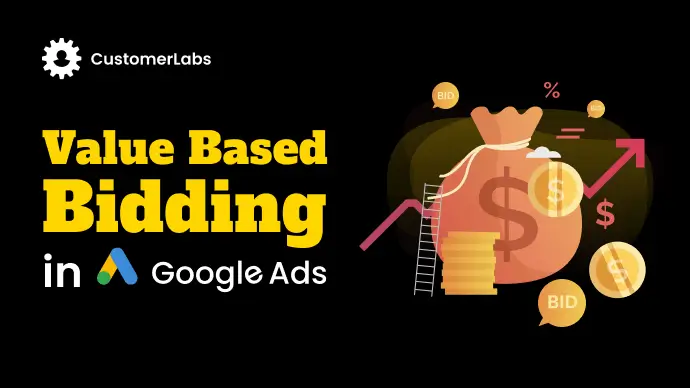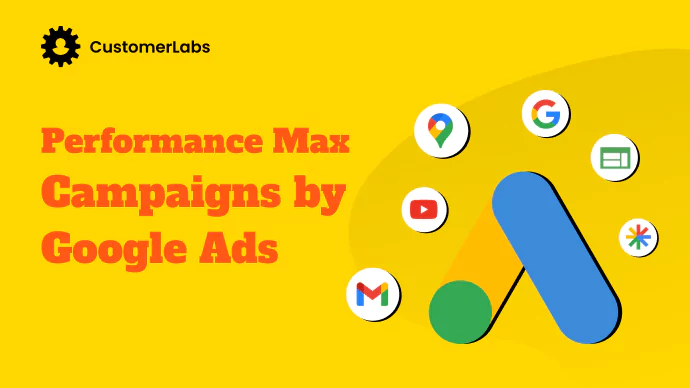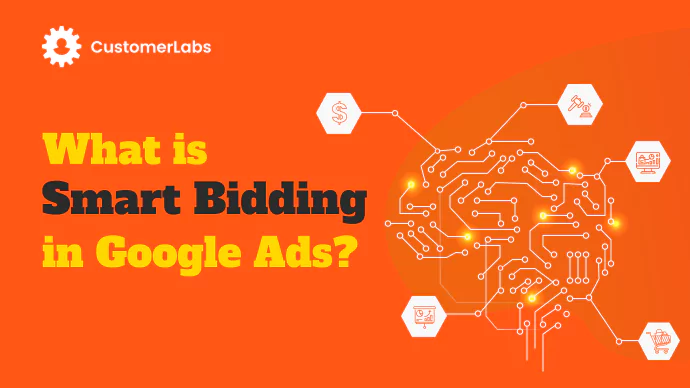Whether you’re a pro Google Ads expert or a rookie, the ad automation & artificial intelligence have made the ad platform a level-playing field. The latest Demand Gen Campaign launched by Google Ads also has a learning curve and is the new way to drive more demand for your business. Let’s see how you can leverage the full potential of an AI-powered Demand Gen campaign that has come up with interesting features.
Here’s What’s Inside Latest Google Ads Demand Gen Campaigns!
·
On September 5, 2023
·






